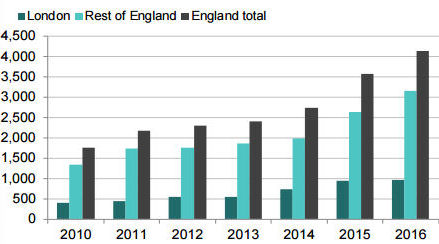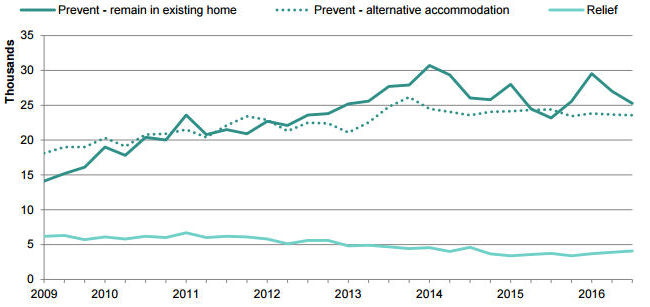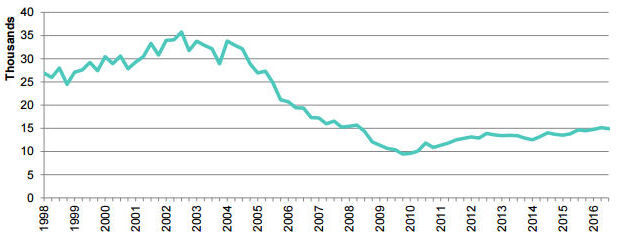Gemma Keane, Office for Statistics Regulation, blogs on the outcomes of the Systemic Review of Statistics on Housing and Planning in the UK, and the steps statistical producers are taking to meet user needs.
“How many houses were built in the UK last year?”
“Which part of the UK had the highest number of rough sleepers last winter?”
Finding the answer to these, apparently simple, questions is not easy as there are over 60 National Statistics published on Housing, Planning and Local Services across the UK, produced by 11 different bodies within the four counties of the UK. These range from Housing and Homelessness to Planning Applications and Grassland Fires.
The responsibility for housing and planning policy is devolved across the UK and each country has its own, different legislation in place, making it difficult sometimes to make comparisons or get an overall picture of what is happening.
Topics such as housing and planning are of high public interest and we know that good statistics are vital to policy and service delivery. This is what drove the need for our Systemic Review of Statistics on Housing and Planning in the UK, focusing on the perspective of users, which we published in November 2017.
As well as identifying many areas that demonstrated good practice by the statistics producers we also identified opportunities for improvement, which is why we started our initial engagement with them to support them through the improvement process.
Since then Housing statisticians from the four UK countries have come together to discuss a joint approach to the review’s findings which they have published along with useful blogs, drawing attention to the 5 key areas the programme would be taking forwards – Coherence, Quality, Harmonisation, Accessibility, and Users.
Each organisation has their own set of challenges and it is often difficult to juggle conflicting priorities. However, we encourage producers to prioritise meeting user needs through coherent publications wherever possible. We welcome the most recent update to the Work Programme this week with the accompanying blog from Debra Prestwood (Deputy Director for GSS Strategy Delivery at ONS). These in addition to the previous blog highlight improvements made across the 5 keys areas of the work programme. For example, the publication of experimental statistics on homeless deaths in England and Wales; producing a new experimental Statistical Framework for Housing and Planning Statistics developed in collaboration across the GSS, as a tool for identifying what is being measured; publishing a feasibility report into the harmonisation of homelessness definitions for use in statistics; and priority areas for improvements.
As part of this work programme, ONS published an informative analysis on the UK Private Rented Sector using a range of data sources from across the four UK countries assessing the comparability, coherence and data limitations. We’re pleased that this is the first in a planned series of reports looking at the different topics across Housing statistics.
Importantly, producer organisations are increasing their user engagement with charities, business, academics and other third party organisations – each bringing their own valuable insight – through events like the recent ONS Forum on Housing & the Private Rented Sector, and the recently launched user feedback survey. It’s great to see the recognition of users’ needs in guiding the developments.
Overall, I am reassured by the recent good progress and I hope to see this momentum continue.



